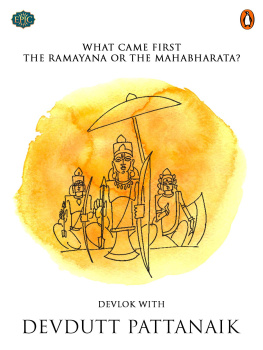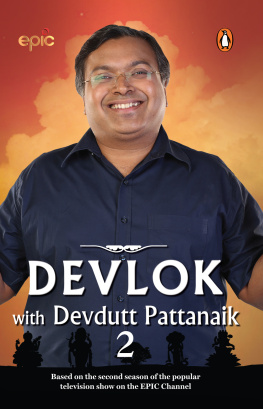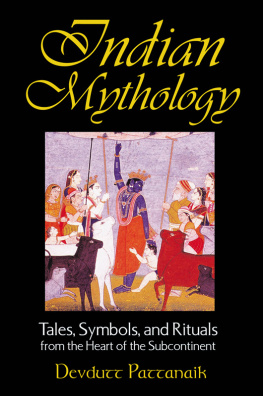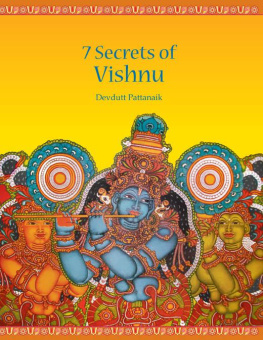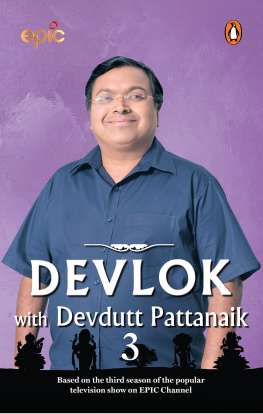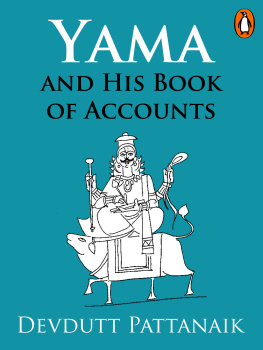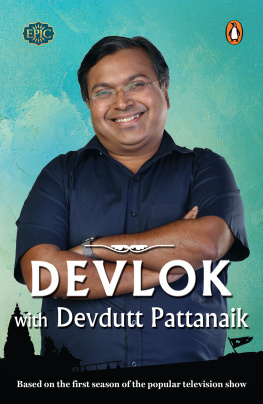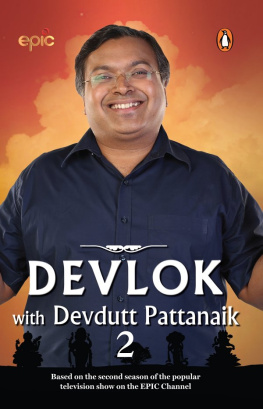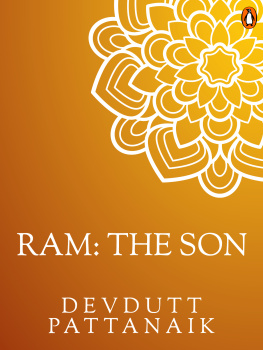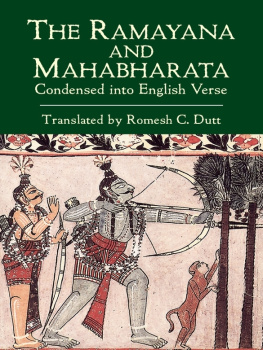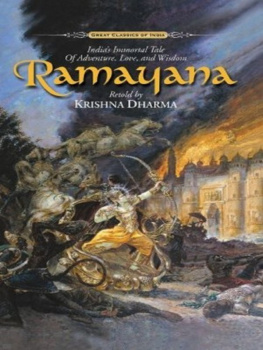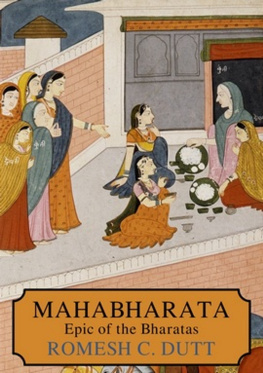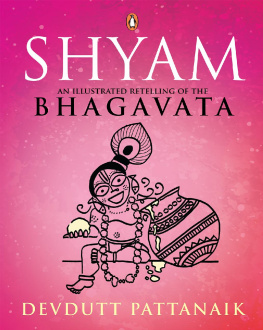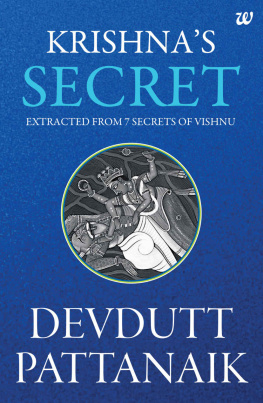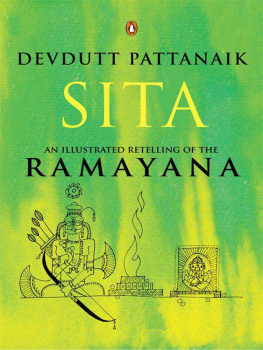The Ramayana and the Mahabharata
In the 1980s two big TV shows were screened: Ramayana and Mahabharata. There was hardly any family in India that did not watch these shows. How did these epics become so important?
These two epics talk about family life. To understand their importance, we need to go back 2500 years in history to when Buddhism arose in India.
Buddha began to spread his philosophy, which propagated that all sorrows arise from desire; so to end sorrow, one must give up desire. The sanyas tradition, renunciation of material life, took root in a big way. When the value of everyday life, worldly life, started dwindling, the wise people of the time felt it would create an imbalance if everyone became a monk.
The poets, rishis, Brahmins of the time thought of ways to integrate spiritual values in everyday life. As a solution, they composed the Ramayana and the Mahabharata, which talk about family values. These epics are basically property disputes. The Ramayana is about whose son will ascend the throne and the Mahabharata is about a fight between cousins over Kurukshetra. The story of every family! Through Rama in the Ramayana and through Krishna in the Mahabharata, there is discussion over familial issueshow much is to be shared, what is ones own, what belongs to the other, and so on. These stories communicated the knowledge of the Vedas, and thats why they became so popular.
These stories came into being almost 2000 years ago and are said to have evolved over 400500 years. In the period between the Maurya (2300 years ago) and Gupta (1700 years ago) dynasties, these texts were formalized in Sanskrit. Before this, they existed in the oral tradition, and emerged from different places. These stories may be much older. We dont know.
Which came firstthe Ramayana or the Mahabharata?
There are different answers to this question. According to the Puranas, that is in mythology, there are four yugas: Krita, Treta, Dvapara and Kali.
The events in the Ramayana happened at the end of Treta and the beginning of Dvapara, while those in the Mahabharata happened at the end of Dvapara and beginning of Kali. So, in this scheme, the Ramayana came first. In Ved Vyasas Mahabharata, Yudhishtira is told the story of the Ramayana as if it happened in the past. That is, Rama existed before Krishna.
In literary terms, it appears that the Mahabharata came first. Thats because the Sanskrit in the Mahabharata is crude compared to the Ramayana. These stories were written over a period of 600 years, not by one writer in a months time! And before that there was the 400-year-old oral tradition, so theyve evolved over 1000 years. Its not easy to explain.
Anthropologists and sociologists would say that the polyandrous society in the Mahabharata seems more primitive than the monogamous one of the Ramayana, so the Mahabharata probably came first.
Historically as well, the Mahabharata talks of north Indiathe Kuru Panchaal area that is now Haryana, Delhi and Uttar Pradeshwhereas the Ramayana goes into the south so it probably came later.
In all this, where does Krishnas raas-leela featurein the Ramayana or the Mahabharata?
Again, theres no single answer. Krishnas childhood stories, of cowherds, Gokul, Vrindavana, dont appear in the Mahabharata. Words like Govinda, Gopala do appear sometimes, but there are no stories about Yashoda, Devaki, and others. These appear in the Harivamsa. This story was written 1600 years ago and is mentioned in the Vishnu Purana, composed 1500 years ago. The Bhagavata Purana, that came 1000 years ago, describes Krishnas childhood in detail. Interestingly, Radha does not feature in it. The raas-leela is mentioned but Radha does not appear in it. She appears in Jayadevs Gita Govinda written 800 years ago. People say that in Prakrit poems the name Radha appears, or perhaps she is hidden somewhere in the Bhagavata Purana but theres no concrete proof. So Krishnas raas-leela was written about after the Ramayana and the Mahabharata, but, according to the story, it took place after the Ramayana and before the Mahabharata.
Amidst all this, where does our beloved Shiva appear, and when do his stories come?
The Ramayana, the Mahabharata and the Bhagavata Purana are all stories of Vishnu under the umbrella of the Vishnu Purana. Vishnu has many avatars that take mortal form, among whom Rama and Krishna are the most famous. These huge epics were written about them in the Vaishnava tradition. Parallel to this, the Shaiva tradition also developed.
The tree of Hinduism has two branchesthe Vaishnava and Shaiva. The Vaishnava tradition is about participating in the world. In this, you have the monogamy of the Ramayana, the polyandry of the Mahabharata and Krishnas raas-leela. When Krishna marries, he takes many wives. So different worldviews, different traditions, but all within worldly existence. The Shaiva tradition is about withdrawing from the world. Shivas stories are in the Shiva Purana, which is 15002000 years old, and was written around the time of the Ramayana and the Mahabharata.
Where is Shakti in all this? Where are her stories?
So, when these parallel branches arose, people asked of the Shaiva tradition, where is the Devi? Both the Ramayana and the Mahabharata have the Devi, but in the background. Likewise in the Shiva Purana. From the background, the Devi emerges into the foreground around 1200 years ago, just before the Bhagavata Purana. All these texts were in Sanskrit. The process of translating them into regional languages began 1000 years ago; English translations can be dated back to 100200 years ago. This is how they evolved.
The Ramayana and the Mahabharata are known as itihas, history. Would it be correct to see them as actual historical events?
The word itihas, history, can be seen in two waysspiritual and scientific. In the scientific view, there would have to be archaeological evidence, data, and so on, for something to be considered a fact. According to this, there is no epigraphical or archaeological data available for the Ramayana and the Mahabharata. Scientifically these would be called poetry, not fact.
However, spiritually, itihas is peoples memory. People have been told: These are your memories. Memory and history are two different things. In pure philosophical terms, itihas means this is how life is. The Ramayana and the Mahabharata are a narrative device to teach philosophy.
Rama is a maryada purushottam, a man who follows rules and abides by religion. In the Mahabharata, Krishna is leela purshottam, a man who does not follow rules but abides by religion. So there are all kinds of peoplethose who follow rules and those who break them; those who abide by religion and those who dontand how they exist with each other, through what relationship, is what the Ramayana and the Mahabharata explain.

